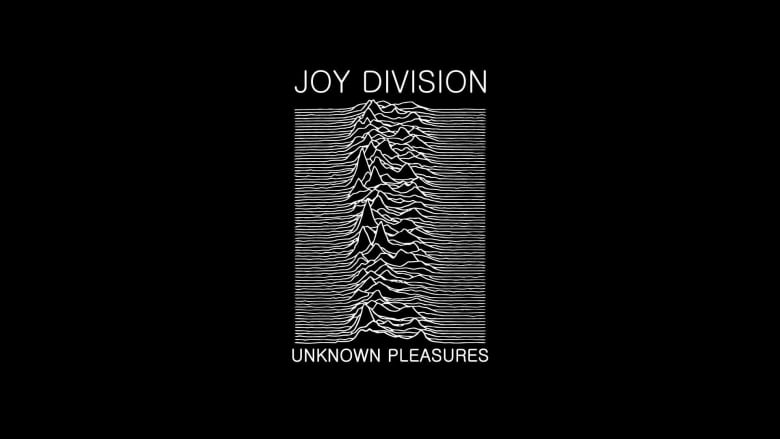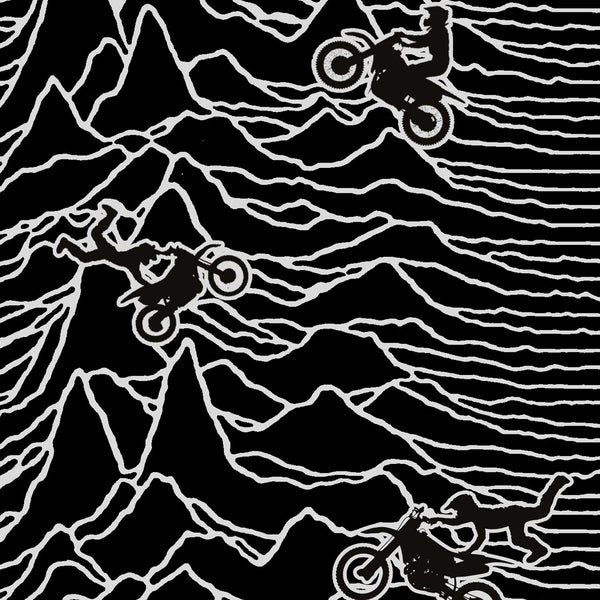The Story Behind Our 'Known Pleasures' Art
Mar 17, 2022
We're willing to bet you've seen this graphic on shabby t-shirts before, probably in a soulless Old Navy. Tweens buying it for god knows what reason. Irony maybe? Their mom or dad might have an original one? Granted there's the odd tween that actually listens to early Manchester gothic post-punk, but let's be real, they're probably not shopping at Old Navy (or are they?).

For those who don't know, it's the cover of Joy Division's seminal 1979 album 'Unknown Pleasures'. Recorded and mixed over three successive weekends at Manchester's Strawberry Studios, the album was a commentary on punk's sonically conservative approach to production and included digital delays, time modulators, tape echoes, the sound of a bottle smashing, someone eating crisps, backwards guitar riffs, and the sound of the basement toilet.

It was trippy. It was dark. It ushered in a whole new sound that became New Wave. And it is the only Joy Division album released during lead singer Ian Curtis's lifetime (before dying by suicide at the age of 23).

The art itself is a “stacked plot” of the radio emissions given out by a rotating neutron star named CP 1919. As a star turns, it emits electromagnetic radiation in a beam like a lighthouse, which can be picked up by radio telescopes. Each line on the image is an individual pulse. They’re not exactly the same each time as they’re travelling a long way across the universe and interference gets in the way. The imagery first appeared in a 1971 issue of Scientific American, but it was white on cyan.

The band wanted it on the cover of the album. But they envisioned it inverted, black lines on a white background. But it was Factory Records' in-house designer, Peter Saville, who presented it as white on the black which he felt "had more presence.” A 40th anniversary edition of the album replicates the band's original white cover idea.

Us? We've always seen rad little dirt bike jumps. So we made our "Known Pleasures" are accordingly.


BUY HERE




